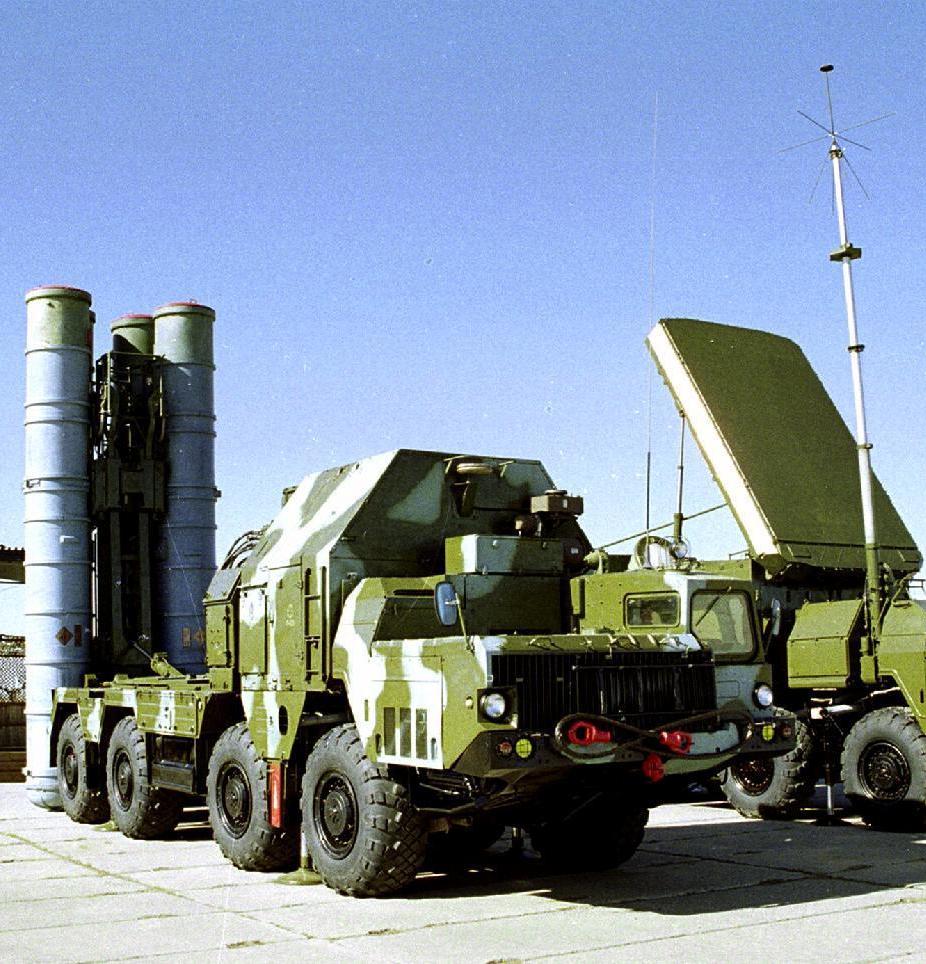Russia lifts ban on air defense sale to Iran. A game changer?
For nearly a decade, Iran’s elusive holy grail of military deals has been acquiring advanced S-300 anti-aircraft missiles from Russia. So when Moscow this week reversed a 2010 ban on the $800 million sale, many Iran watchers rolled their eyes. Russia has a history of putting strategic politics before commercial transactions — including previous S-300 deals with Iran and Syria, and the fitful construction of Iran’s nuclear power plant at Bushehr. But Russian President Vladimir Putin has made clear that this is not a trivial move. Along with Iranian officials, he is portraying the S-300 deal as a “stabilizing” move in a volatile region, at a time when Russia is challenging the United States and the West, over its annexation of Crimea and wars in Ukraine and Syria, among other issues.
There are optimistic guys who insist that [S-300 delivery] will take a few months. And there are realistic ones who say it will take from 1.5 to 2.5 years.
Alexander Golts, a military analyst in Moscow
Still, many questions remain about the timing of delivery, the significance of the upgrade to Iran’s defensive capabilities, and what it means for strategic calculations in Russia, Iran, the U.S., and Israel, less than three months before a deadline to reach a final accord that curbs Iran’s nuclear program. Under a framework deal between Iran and the P5+1 powers reached on April 2, Iran agreed to limit its nuclear program if economic sanctions were lifted. Meanwhile, about 300 U.S. Army paratroopers have arrived in Ukraine for training exercises with national guard units, a move criticized by the Kremlin and eastern Ukraine’s Russian-backed separatist rebels.

World